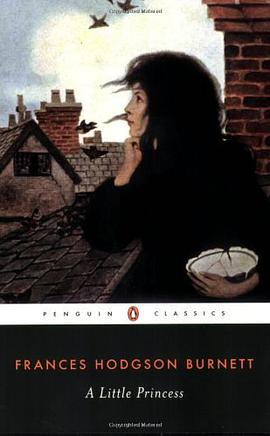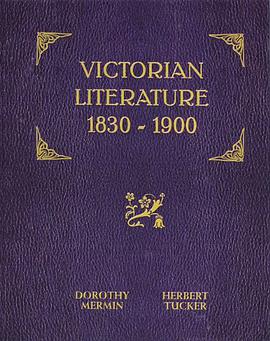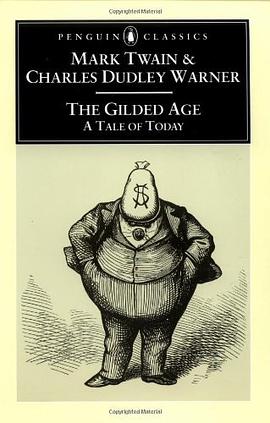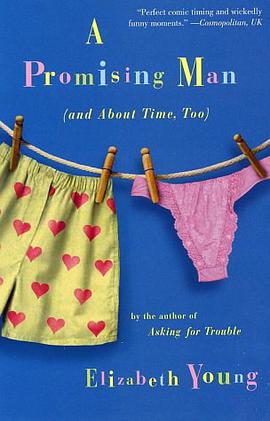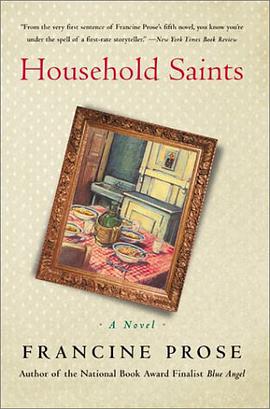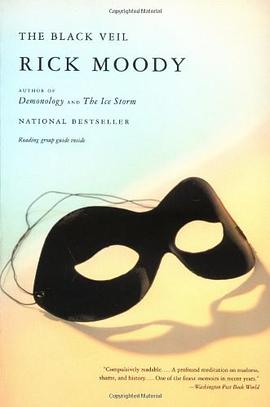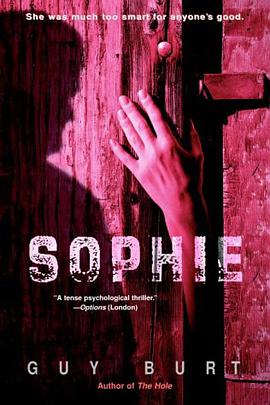

具体描述
At the dawn of time, an archaic Zeus stood before a loom to weave a rich mantle, resplendent with Ocean and Earth, for his bride. Thus began the custom of marriage among gods and men. In this commentary on Greek and Roman myth and society, weaving emerges as a metaphor as rich with promise and possibility as Zeus's gift. Marriage, in fact, is one of the three realms to which the metaphor was most often and aptly applied in antiquity, and conjugal weaving is one of the metaphors John Scheid and Jesper Svenbro explore. They also elucidate political and poetic representations of weaving and fabric. In the symbolism ostensibly begun by the premier Greek god, the authors trace a pattern, a figure of thought, used by an entire civilization. They show how this figure, repeated, modified and resurrected over time, engendered mythical stories, images and rituals by which members of Greek and Roman society explored and organized reality. The fundamental gesture of weaving in "The Craft of Zeus" is the interlacing of warp and woof described by Plato in "The Statesman" - an interweaving signifying the union of opposites. From rituals symbolizing - even fabricating - the cohesion of society to those proposed by oracles as a means of propitiating fortune; from the erotic and marital significance of weaving and the woven robe to the use of weaving as a figure for language and the fabric of the text, this book defines the logic of one of the central concepts in Greek and Roman thought - a concept that has persisted, woof and warp crossing again and again, as the fabric of human history has unfolded.
作者简介
目录信息
读后感
评分
评分
评分
评分
用户评价
相关图书
本站所有内容均为互联网搜索引擎提供的公开搜索信息,本站不存储任何数据与内容,任何内容与数据均与本站无关,如有需要请联系相关搜索引擎包括但不限于百度,google,bing,sogou 等
© 2025 book.wenda123.org All Rights Reserved. 图书目录大全 版权所有



